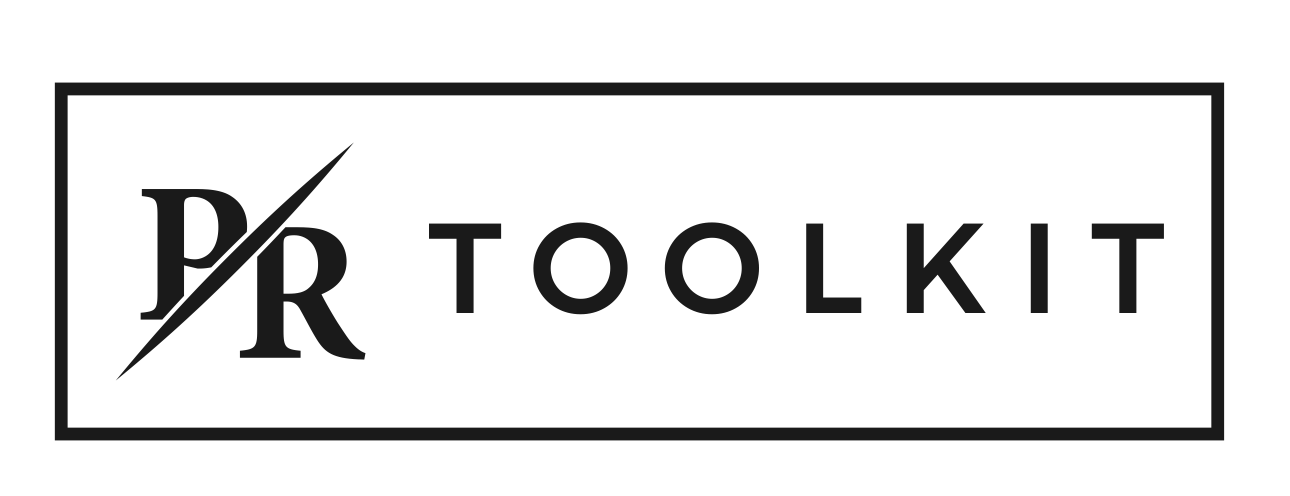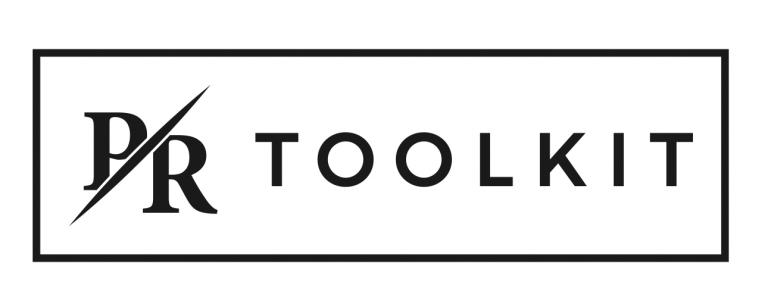I’ve said it before and I’ll say it again, that while PR is learned skill and an established craft, it’s certainly not rocket science. Anyone can do their own PR, they just need a bit of intel and someone with experience to show them how to do it.
Here’s my six simple steps for DIY’ing your own PR:
- KNOW WHAT MAKES NEWS
When it comes to DIY PR, one of the fundamentals of success is understanding is what makes news, because effective PR is all about storytelling, not advertising. A typical news bulletin will contain a mix of the following news values:
- New or developing
- Difficult unusual or unique
- Relevant to large numbers
- Emotive/feel good or human interest
- Celebrity or pop culture
- Controversy or conflict
What that means is that to make news and spark the interest of a journalist, your story needs to tap into one or more of these news values
- REFINE YOUR MESSAGING
Before you embark on any form or PR, its important to know what it is you want to communicate about yourself or your business. In PR terms this is called your ‘key messages’ and it should be the goal of any PR endeavour to deliver this messaging. As a general rule, you should have about 3-5 key messages, each about 1-2 sentences (max!) and are about 9-12 seconds when spoken clearly.
- KNOW YOUR TARGET AUDIENCE
Knowing your target audience (or ideal customers) is the first step in knowing how best to communicate with them and where to connect with them. Because when it comes to media exposure, you don’t need to be everywhere, you simply need to be in the media that your audience or prospective customers consume or engage with.
- KNOW YOUR TARGET MEDIA
Once you know the types of media that your audience consumes, start to familiarise yourself with that media or publication. If it’s a newspaper or online site, read it daily. If it’s a magazine, read it religiously. Get to know the type of stories they feature and think about how you or your business can provide content that’s relevant to that outlet and it’s audience (while delivering your key messages).
IDENTIFY YOUR CONTACTS
This is where things can get a bit tricky when DIY’ing your own PR but it’s by no means a roadblock. You’ve identified your target media and you know the types of stories they write. Now look to see if there’s a particular journalist or journalists who write stories that are relevant to your business. Here’s a few different ways you can get their contact details:
- Check the story: sometimes their email address will be included at the end of the article
- Upfront: Look in the first couple of pages of a publication for editorial contacts. If they’re not listed, simply mirror an email address that is
- Social media: Most journalists these days will have their email on their social media. If not, simply DM them and ask for it (and of course, let me know you want to send them a story for consideration)
SELL YOUR STORY
The simplest way to pitch a story to the media is in a brief email. However, journalists get inundated with hundreds of emails a day, so here’s some tips to prevent your pitch from going straight to the trash can and to ensure it actually gets read!
- Subject line: Capture their attention with an interesting subject line or headline. Make it clear the news value you’re delivering on
- Short and sweet: Keep the pitch email succinct and to the point. Journalists are time poor and often just skim pitch emails to garner interest
- Outline the 5W’s: Include as much information as you can (who, what, when, where, why) while keeping the pitch short and punchy
- Key assets: Include all assets that can help bring the story to life including
- Spokesperson credentials (this is probably you!)
- Visuals: what’s the photo opportunity or supporting visual to accompany the story? What can you offer?
- Case study: the media loves a human-interest story, so is there an everyday person who can help tell you story? Remember that their experience or personal story needs to be interesting in some way, not just someone who uses your product and likes it (for example)
If you want to learn more about effective PR and engaging the media, then check out our Mastering the Art of Media Relations manual which is jam packed full of everything you need to know to become an overnight PR Pro!

